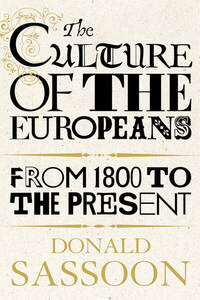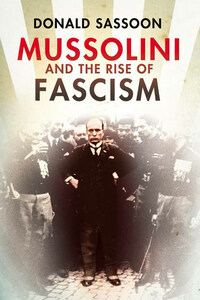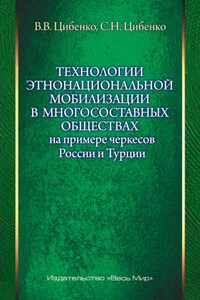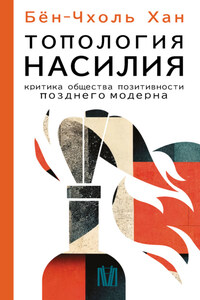Cover
Title Page
Dedication
Introduction
Part I: 1800â1830: The Pre-Conditions
1 Sources of Cultural Expansion
2 Triumphant Languages
3 Publishing
4 Peddling Stories
5 Foundation Stories
6 Fairy Tales
7 Novels
8 Trailblazers
9 Walter Scott âin Unclouded Splendourâ
10 Cultural Hegemony
11 This is Not a Fiction
12 News and Pictures
13 The Music Market
14 Audiences and Performers
15 Opera
16 Theatre
Part II: 1830â1880: The Triumph of Bourgeois Culture
17 Books for the People
18 Newspapers, Magazines and Pictures
19 Money Matters
20 Reading by Instalments
21 Repressing Culture
22 Beloved Writers
23 Great Genres
24 Women and Novels
25 Challenging the Trailblazers
26 Improving Oneself
27 Music, Composers and Virtuosi
28 The Triumph of the Opera
29 Theatricals
Part III: 1880â1920: The Revolution
30 The Revolution in Communications
31 Workers, Jews, Women
32 The Internationalisation of the Novel
33 Zola: Money, Fame and Conscience
34 Stories of Crime and Science Fiction
35 Popular Novels, for Young and Old
36 The Popular Press
37 Shows
38 Music
39 Recorded Sound
40 The Moving Image
41 Cinema: Europeans and Americans
42 Cultural Panics
Part IV: 1920â1960: The Interventionist State
43 States and Markets
44 Culture and Communism
45 Fascism
46 Mass Culture: The American Challenge
47 Interwar Cinema
48 The Cinema after World War II
49 More Books
50 Popular Genres: Crimes and the Future
51 The Press
52 Comic Strips
53 Live Spectacles
54 The Triumph of the Song
55 Radio
Part V: After 1960: The Era of the Mass Media
56 Television: The Universal Medium
57 The Flow of Genres on Television
58 The Break-up of Television
59 Going Out: Cinema and Theatre
60 Culture in the âOtherâ Europe: Communism
61 A World of Readers
62 Exploding Pop
Conclusion: The World Wide Web
Bibliography of Works Cited
Index
Acknowledgements
About the Author
Notes
By the Same Author
Copyright
About the Publisher
At nine oâclock on a weekday morning in December 2000, South Clapham underground station in South London is still crowded with people trying to board âthe tubeâ. The line splits at Kennington station, with some trains proceeding towards the City and others towards the West End. There the trains will disgorge the majority of passengers who will spend the rest of the day in offices and shops. Inside the train, some have the vacant, bored look of those with nothing to do, but some glance at the advertising or read the âPoem on the Undergroundâ â a scheme launched in 1986 by an American writer living in London to bring poetry to passengers. They read â maybe for the first time â Shelleyâs âOzymandiasâ (âI met a traveller from an antique landâ¦â). Others, the majority, busy themselves in various ways. Some of the women read magazines. Others, particularly the lucky ones able to secure a seat, read a daily paper. There, a young man looks, distractedly, at the Sun, the largest-selling tabloid; a young woman reads the Daily Mail, another high-selling daily; but almost the whole of the British daily press is represented in this one carriage â including the liberal Guardian, read by another woman, and the Financial Times, in the hands of a man who does not look like a banker (no tie, no grey suit). The âbest-sellingâ daily, however, is one which is not sold but given away free and called, appropriately, Metro â and also available in Stockholm, Prague, Budapest, Amsterdam, Rome, Toronto, Athens, Warsaw, and Helsinki.
Some read books. The titles are not easy to fathom. Perhaps they are the current best-sellers. Well-trained eyes can identify the distinctive black cover of a Penguin classic read by a young woman, perhaps a student, oblivious to the world around her. Could it be Madame Bovary, or a Jane Austen, or one of the shorter Tolstoys? High-culture vultures can only speculate, rejoicing: civilisation has not yet ended; high culture lives on. One (older) person is rapidly completing a crossword puzzle; another (younger, male) is nervously playing with his Nintendo GameBoy machine, developing, no doubt, his reflexes. Other passengers have tiny earphones stuck into their ears, the wire disappearing into their bags or jackets and connected to an unseen disc or cassette player â the iPod is yet to come.









